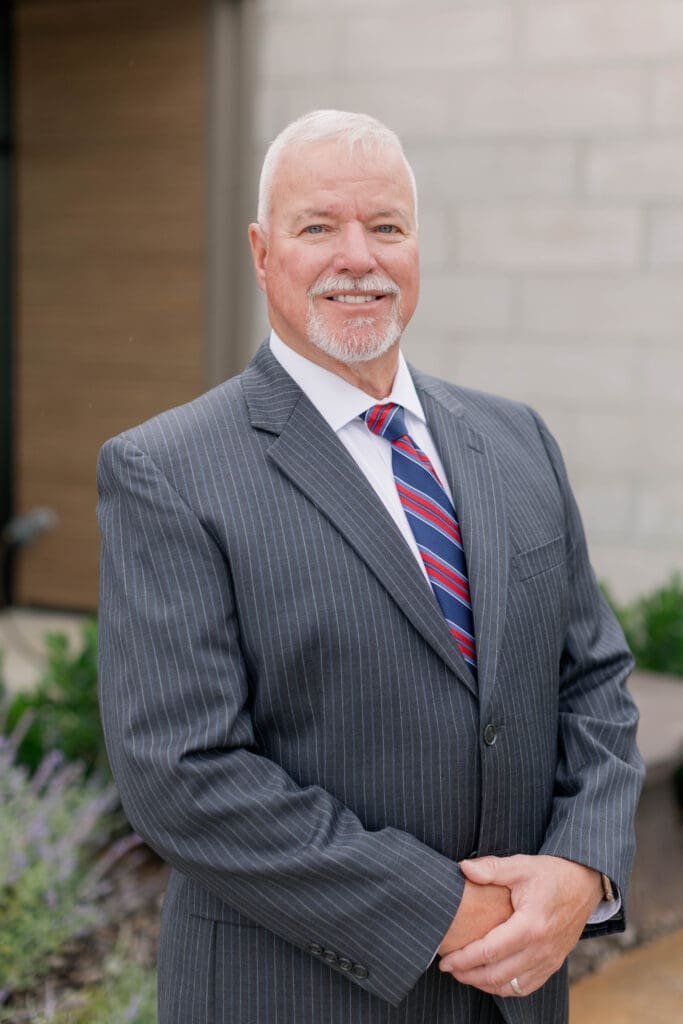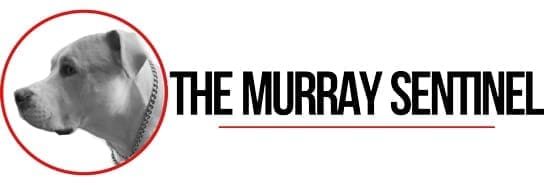MURRAY – The Murray-Calloway County Hospital Board of Trustees has been on the hunt for a new chief executive. After hosting the final four candidates for extensive on-site interviews over the last month, the only thing left to do is make the decision, which is expected sometime in December.
The hospital officially announced CEO Jerry Penner’s retirement in July, but the announcement was well-anticipated. In August 2023, the board extended his contract by one year. At the time, Penner made clear that he would retire at the end of the contract. He will officially step down in March.
Instead of hiring a third-party to conduct the search, the board formed an internal search committee. Trustee Amy Futrell chaired the committee, which included Board Chair Steve Owens, Vice Chair Summer Cross, Chief of Staff Dr. Nicholas O’Dell and Trustee Dan Renick.

Over 130 people applied for the position, which Penner has held since April 2011. That initial pool was narrowed to 10 people, who were interviewed by the search committee via Zoom.
The committee selected four applicants for in-person interviews, which respectively spanned two days and included meetings with the board, hospital directors and physician staff and culminated with a public “meet and greet” event held at the Calloway County Public Library (CCPL).
“I applaud the community for coming out to be a part of this,” Penner told trustees at their October meeting. “I want to thank Sandy Linn (CCPL Community Relations Coordinator) and Mignon (Rutledge, CCPL executive director,) for allowing us to use that space. It’s a really, really great space. Parking is fantastic. People have been able to come over and sit. They’ve really rolled out the red carpet to welcome us.”

While all of the “meet and greet” events were open to the public, a keen eye might have noticed that none of the announcements about the events included the candidates’ names. There is a reason for that – the application process is, technically, confidential. Nonetheless, the committee wanted the community to be involved in the process.
“As a member of the board appointed by the mayor to represent the community, a member of the search committee and as a nurse myself,” Cross said, “I felt it was very important to elicit feedback from hospital staff and the community. The new CEO will be the face of our hospital and will lead us into the future.”
Each session lasted over an hour, with roughly two dozen in attendance, including supporters, trustees, community members and other stakeholders. Copies of the candidates’ resumes were available along with comment cards. While there were opportunities for mingling, the majority of the time was devoted to question-and-answer sessions with the audience.

In light of the recent news about a potential merger of Hopkinsville’s community hospital — Jennie Stuart Medical Center — with Deaconess Health next year and the sale of Henry County Medical Center in Paris, Tennessee, to West Tennessee Healthcare this summer, the majority of questions were, in some form or fashion, related to MCCH remaining independent after the transition in leadership.

The Sentinel asked each candidate, if selected, would they commit to maintaining three service lines that have tremendous value to the community but mostly operate at a loss or, at best, break-even – psychiatry, obstetrics and the Anna Mae Owen Residential Hospice House.
The responses below are provided in the order the sessions were scheduled. Please note that one candidate has since withdrawn their application; therefore, their response was omitted.
Candidate 1
I think, as a community hospital, we need to be meeting the needs of the community. How we are able to do that is because we have certain service lines that do generate profits. So, it’s important to maximize that. We cannot be all things to all people, so we have to focus on the primary vision.
I think all of those are critical services. To be a community-owned hospital and to not be there at the start of life for our families is, I think, tragic. You see that a lot in a lot of community hospitals and facilities where OB is not a profitable service line. We do not as an organization deliver enough babies to actually make a profit. We don’t. But, again, to not have that in a community-owned hospital is simply just not something I would go for.
Mental health services. It’s too critical. It affects too many people. And the same for hospice. Hospice is a community investment that was made some time ago, and we had a lot (of community) partners to help us. … No, those things will not go away, which circles back to if we were not an independent, community-owned hospital, those things would be at risk, which is why it’s so important that we maintain them.
Candidate 2
Not knowing the full landscape of everything, I will commit to doing what is right for the organization and the community. With the hospice house, I think the community has already said, ‘We’re committed.’ I think that’s not even on the table. I think OB is one of those things, like I said earlier for women’s services, you capture that female, you capture the whole family. … So, I think you have to be smart, you have to be wise when you look at these things.
Behavioral health (for example), a lot of times, behavioral health is not financially viable, but if you have a lot of behavioral health patients in the ED (emergency department), how do you take that pressure off of the ED and find them a better suitable setting and location? So, those are the kinds of questions I would ask myself. I think that’s where the data – from an outmigration standpoint, from a financial revenue standpoint – you have to take all that in and create that story to help make decisions. So, that’s my commitment.
Candidate 3
I wouldn’t commit to you right now, today, but let’s talk about each one individually. OB/GYN, while that service line may not make money – I don’t know what the payer mix is; it could be mostly Medicaid patients – there’s a lot of downstream revenue if you get a mom into the hospital because she’s going to make healthcare choices for her family. Then there’s some offset to that loss because we get additional volume and additional revenue. OB/GYN is a little unique because it does have that downstream revenue.
Hospice house is a service (that) the community wanted. … Originally, it was going to be a 12-bed facility. So, to minimize the loss, we made it a six-bed facility. I think that’s working fairly well. I think, yesterday, their average daily census is three to four, so they’re not exceeding the six. … So, you have to minimize the loss in some of those services.
We have a geriatric behavioral health unit. It’s very important for those patients to have somewhere to go, to follow-up once they’ve been discharged, so we have to have that resource in town for them otherwise they have nowhere to follow-up. … It all plays together. It’s really hard to just pick one little thing and say, ‘Oh, that loses money. We need to get rid of that,’ because there’s probably other things that play into it as well.





